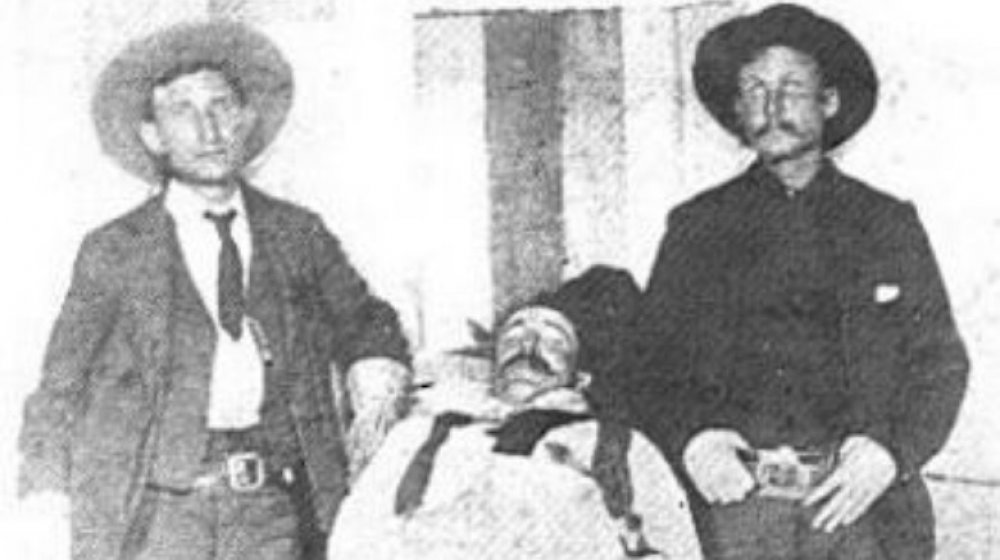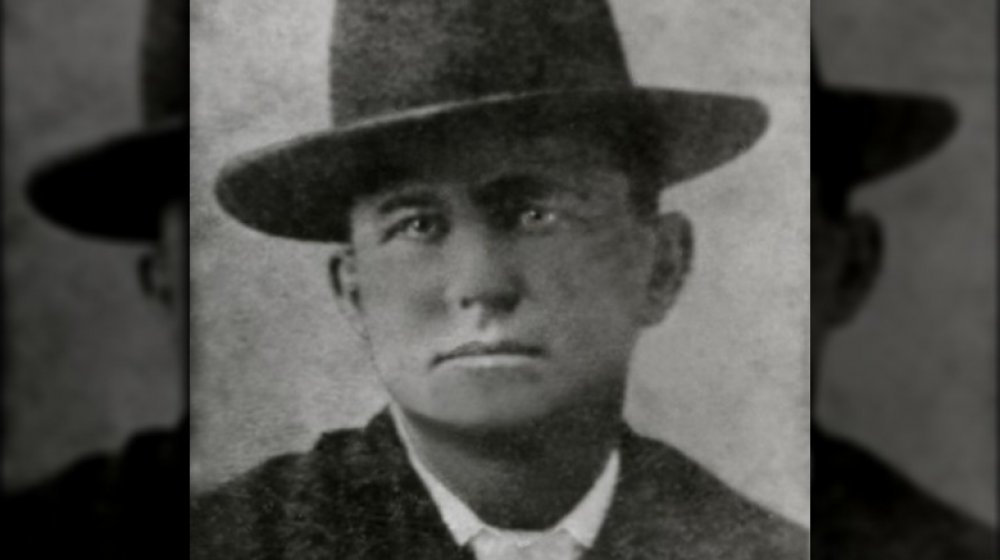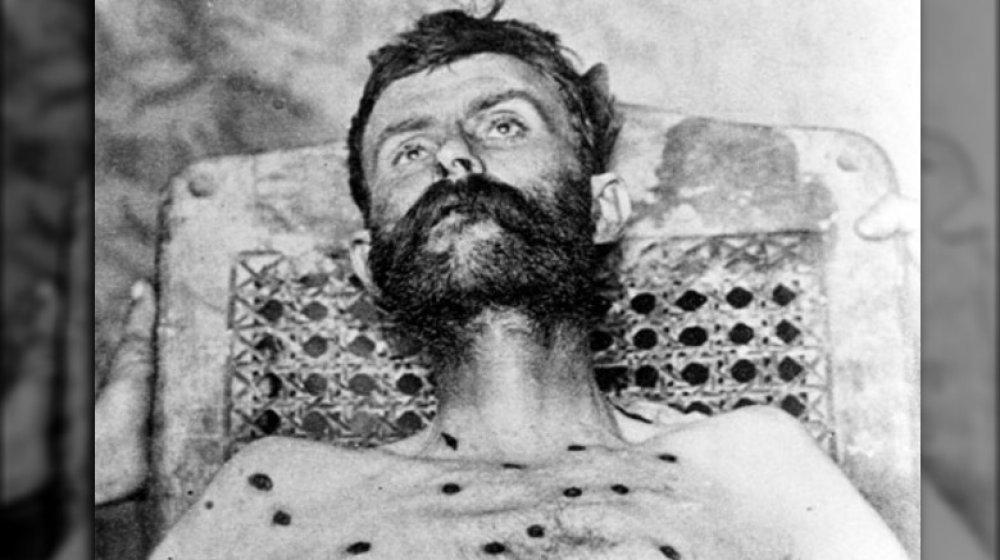The Wild Bunch: The Truth About These American Outlaws
The truth about The Wild Bunch can be kind of confusing. Which, when you come to think about it, might be just the way they'd want it. Sam Peckinpah's The Wild Bunch, set in 1913, is a 1969 film about the death of the American Frontier, but it has nothing to do with history. So we'll skip ahead.
Butch Cassidy ran with a group sometimes referred to as The Wild Bunch. They were more or less centered in Wyoming in the late 1890s, though they were capable of committing crime in Idaho and Nevada and who knows where else. Cassidy's crowd wasn't really a gang; more like a loose confederation, and the name was kind of assigned by newspaper reporters trying to find a catchy handle on the crimes being committed. Cassidy, along with the Sundance Kid (and that terrific 1969 film directed by George Roy Hill) and their compatriots, would hide out in a Wyoming mountain area called Hole-in-the-Wall — basically a mountain fortress, easily defensible against law enforcement, water and pasturage for the cattle they stole, a secure place to ride out the harsh Western winters. Sometimes they were Butch Cassidy's Wild Bunch, and sometimes they were The Hole-in-the-Wall Gang.
Bill Dalton came from a criminal family
That name — The Wild Bunch — didn't originate with the reporters trying characterize Butch and the rest. It was appropriated ("stolen" is such a harsh word, even if we're talking about thieves) from an Oklahoma crew, sometimes referred to as the Doolin-Dalton Gang, and other times as the Oklahombres (confusing enough yet?) who had their start in law enforcement.
Bob and Grat Dalton had both been peace officers. Marshall Trimble writes that Bob turned outlaw when he thought himself cheated out of federal monies owed him for his services. He took money "from a whiskey peddler" and was fired. Grat was fired for horse theft. The Dalton Brothers — Grat and Bob, along with Emmett — had been part of a five-man bank job in Coffeyville, Kansas, in October 1892. More accurately, bank jobs — they had the brilliant idea to rob two banks at once. Like the James-Younger fiasco in Northfield, Minnesota, 16 years earlier, the people of Coffeyville decided to fight back. As True West Magazine reported, by the end of the incident, only Emmett was still alive, and he'd been shot 23 times. (He later became an actor.)
Bill Doolin lost his last shootout
From that grew The Wild Bunch, who started working together in 1893. That's when another Dalton brother — Bill, this time — teamed up with Bill Doolin. Doolin had ridden with the Daltons in the past; Legends of America suggests he might have been holding the horses in Coffeyville (and therefore survived). Other gang members were in and out of the group, as many as 10 or so, depending on the circumstances.
They specialized in armed robbery — stagecoaches (still), banks, and trains in Arkansas, Oklahoma, and Kansas. They somehow made it through a gunfight in Ingalls, Oklahoma, with U.S. marshals in September 1893 and continued stealing and killing. But it was a sign of things to come. Bill Dalton was killed in a shootout in 1894. Other members were picked up (or picked off) throughout 1895 and 1896 until finally marshals caught up with Doolin — fatally — in 1896.
The Eagles sang about them, as Doolin-Dalton, on their Desperado album in 1973. Maybe they couldn't find a rhyme for Oklahombres.


